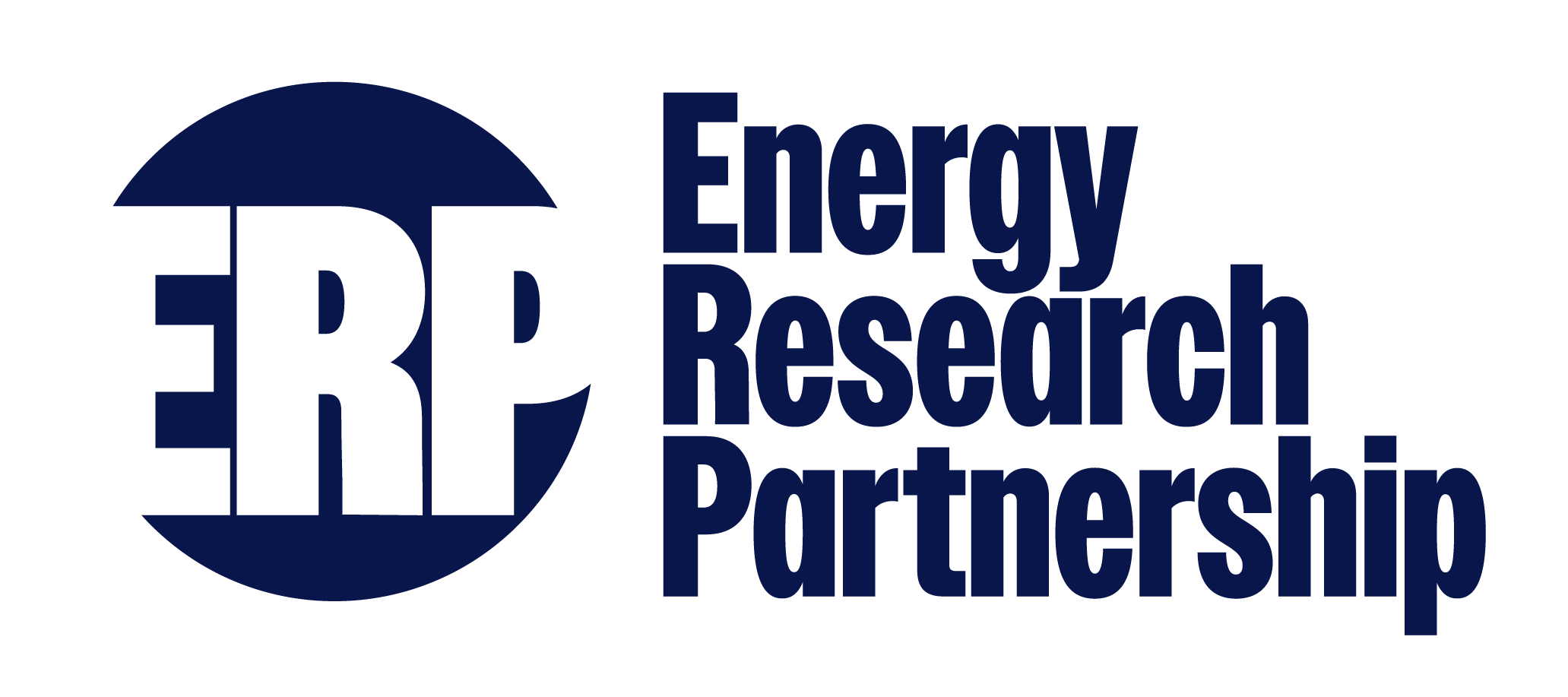Emerging technologies, low carbon solutions and recommendations for investment
By Richard Heap
It is argued that most of the options that will be deployed to help achieve the emission reduction targets for 2050 are already available. The long timeframes for energy technology R&D means that there is unlikely to be any new technology that could achieve widespread deployment to help meet the 2050 decarbonisation target.
However, there are substantial uncertainties for investment, not least because of a lack of policy clarity about which low-carbon options will be deployed, but also because of the potential impact of emerging technologies from outside of the traditional energy sector. These could reduce the costs of different options, but importantly could disrupt the existing institutional and commercial structures.
Some of the low-carbon technologies are already in use, but are not deployed on a large scale in the UK, such as heat pumps. While other technologies or solutions are currently being trialled or are at the demonstration stage, such as CCS, or widespread use of hydrogen. In other areas the thinking and supply chains have only had narrow adoption, such as design for re-use, rather than recycling.
Uncertainty about the future role of the gas network, or the market mechanisms to support heat pump deployment and the subsequent impact on the electricity networks create substantial risks for investments. Similarly for transport, new energy infrastructure will be needed to supply energy to electric or hydrogen vehicles.
But what impacts could developments in data management, communications infrastructure, manufacturing techniques and artificial intelligence have on the energy system? New ownership models for passenger cars could lead to fewer vehicles being built, but with much higher utilisation. The owner could be incentivised to make them more efficient and use new fuels, on top of having lower maintenance needs. This could be led by an ‘Uber’ type service, where cost reduction is important. This in turn could lead to autonomous vehicles, with people hiring them rather than owning them. Integrated with real-time traffic data these could reduce journey times and save energy. But will this lead to more car journeys or will virtual reality mean office workers do not need to leave their homes?
Peer-to-peer energy services and developments in ITC systems could change the commercial structure of the energy system, linking sources of energy to users and bypassing the traditional utility companies. The systems could maximise the utilisation of sources of energy. They could develop through existing infrastructures, but what will the market structure and regulations will be needed to enable the investment in the infrastructure? What percentage of energy will be traded through these mechanisms, but what will it mean for system resilience and how will that be funded?
ERP’s work on Horizon Scanning and the Future of Utilities is exploring the potential impact of new energy system models and how they might emerge. It will also identify areas where market value could be created but the mechanisms or structures are not in place to enable them to develop.
Further work will be needed to understand how to overcome the uncertainties and ensure that investment flows to the low-carbon options and supporting infrastructure that will be important in the future.
